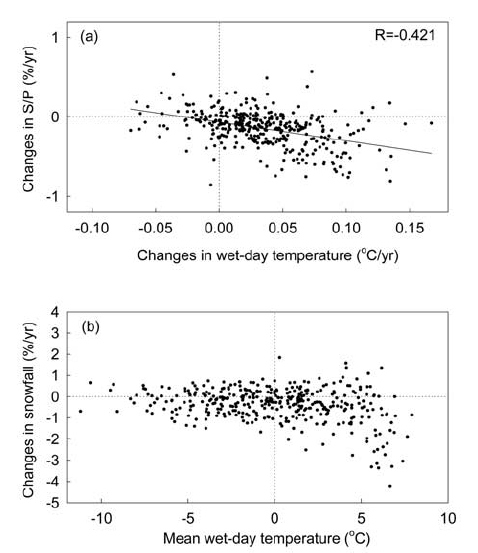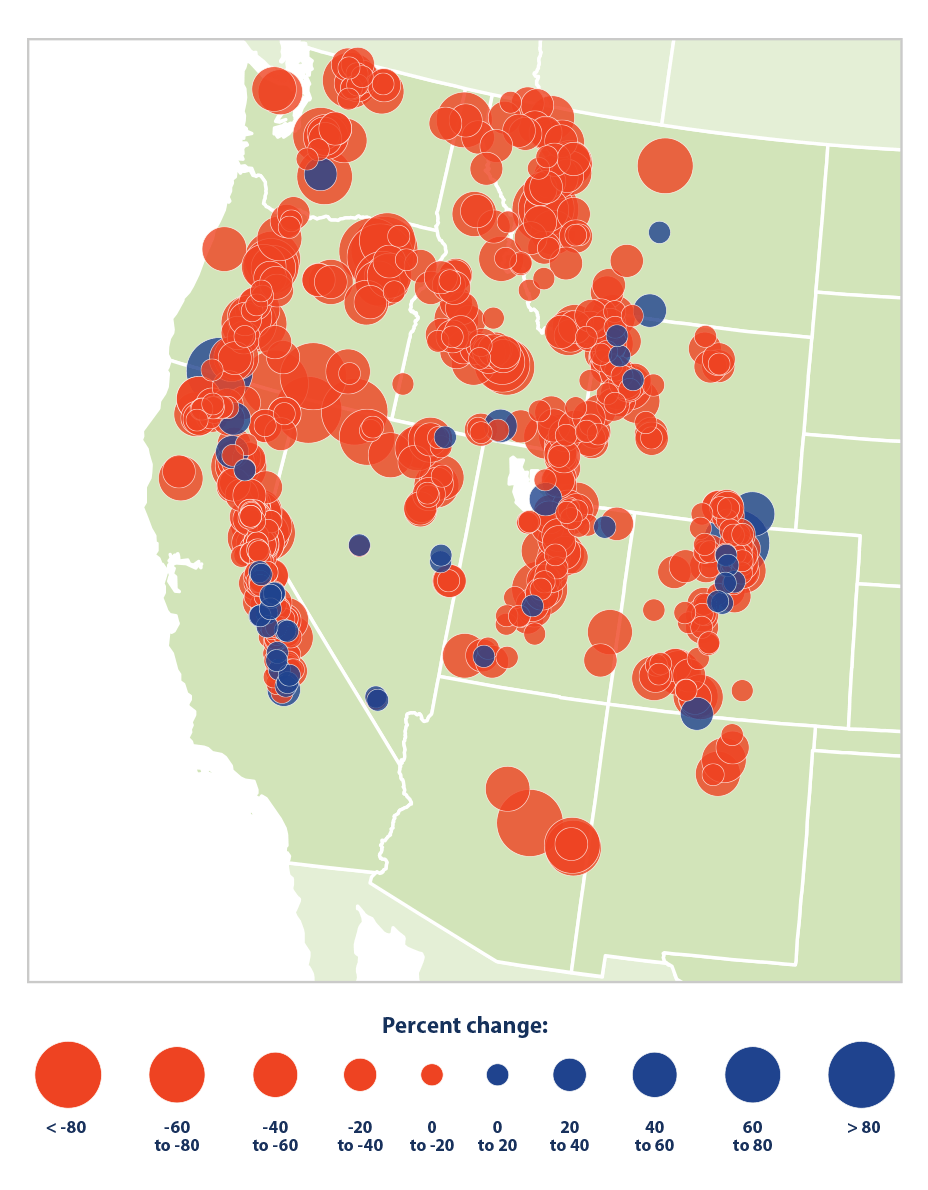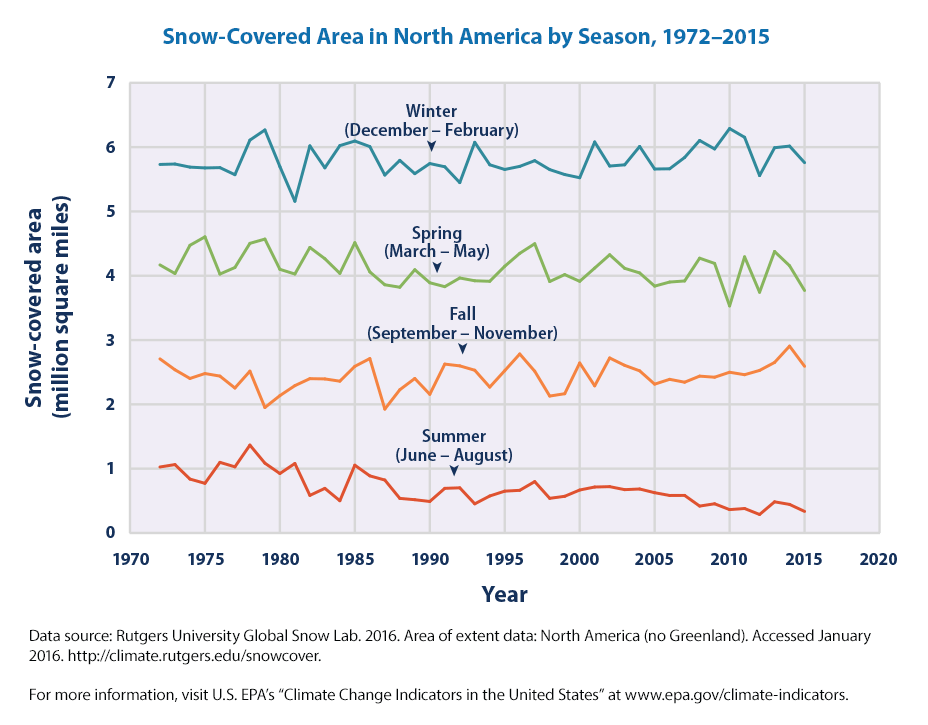Vail Resorts: An Avalanche of Change
Vail Resorts faces incredible challenges not of their own making. What responsibility should the Company assume in the fight against climate change?
Over the winter of 2011-2012, I worked at Vail Resorts as a ski instructor to 3-6 year-old monsters children. That winter provided a special experience for me, a life-long skier, raised in the Northeast US, to spend a full winter in the Colorado Rockies and do what I love most in the world – ski. Surprisingly, the skiing was not the most impactful experience I encountered. Rather my time with small children, seeing them learn and develop a love for skiing and develop a lot of the same skills we, at HBS, are continuing to develop – independence, teamwork, acceptance – created the most lasting memories of my winter in the mountains. I saw myself and my own children in the eyes of these little rascals students – and I wanted this experience to remain open to generations in the future.
Vail rests at an interesting cross-section in society – between leisure, capitalism and our toughest societal challenge, climate change. Vail, at its core, is a lift operator and ski slope groomer that caters to a traditionally upper-income demographic. The primary determinant of the Company’s success is weather – something that is undeniably changing in the geographies in which Vail operates – Colorado, California, Minnesota, Michigan, Utah, Wisconsin, Australia, and British Columbia, Weather can be calculated as a function of quantity, quality, and timing of snowfall, all of which have been declining as the impacts of climate change accelerate. Since 1970, the ski season has been shortening, snow as a percentage of total precipitation decreasing and remaining snow pack at the start of the season thinning. All of these lead to poor weather conditions in Vail’s diverse ski areas. Exhibits below.
Vail Resorts chose to diversify its geographic footprint in response to climate change and the resulting unpredictable weather patterns. Starting in 2010, Vail began to aggressively expand, acquiring resorts in California, Minnesota, Utah and recently British Columbia. Vail views its customer experience as a lifetime relationship with the brand – Vail – rather than specific mountains. As a result, Vail offers consumers the ability to purchase an “EpicPass” – $849 for adults and $439 – which allows the pass-holder unlimited skiing on any mountain within Vail’s portfolio. The geographic diversification and EpicPass allows Vail to absorb negative financial consequences of inevitable weather difficulties within certain locations across its entire portfolio – something no other snow resort business in the world offers currently. Investors seem to like this – Vail trades at 30x forward EPS.
Aside from bracing for the financial consequences, Vail put into place small scale initiatives to create a more sustainable operation at all of its resorts. These include, composting compostables, reducing on-mountain energy usage through capital improvements, solar panel installments and local environmental initiatives – including “Take Care of Tahoe” in the Bay Area. To me, these initiatives fall down in the face of the grand scale of issues the planet faces and their inevitable impacts on Vail’s business. Each winter, Vail Resorts hosts the captains of industry and various political leaders from all around the world. In my time as a ski instructor, I met children from Australia, Brazil, Japan, China, Italy and even South Africa. From my perspective, Vail focused entirely too much on short-term profit potential from these clients rather than thinking about potential for long-term partnerships to tackle climate change. Vail, given it benefits extremely well, financially, from the environment possesses a significant responsibility to lead the discussion on climate change, including making its guests viscerally aware of its potential and likely impacts.
As I mentioned before, Vail rests at a very unique point within society – at the intersection of leisure, capitalism and most importantly – family. Vail hosts families from all around the world during the winter looking to indulge in the best nature offers. I believe connecting family and the issue of climate change is essential to create efficacy and impact in climate change initiatives. Just as I view the two – skiing and family – as inseparable given my upbringing, it is Vail’s responsibility to instill this within its current customers as well. While practically, Vail has very little impact on environmental damage, its unique position within society allows it an asymmetric ability to impact key members of our community in significant positions of power. Vail should be responsible for leading the conversation on climate change.
References:
- Vail Resorts 2016 Annual Report
- US Environmental Protection Agency
Snow to Precipitation Ratio:
Snowpack Coverage Percent Change:






Nice post, Alex. I can see how your experience shepherding the offspring of the outdoorsy affluent combined with your own athletic prowess in (at times) treacherous environment, have enabled you to make such killer comments in LEAD (and TOM for that matter!).
As for Vail, I was unaware of its attempts at diversifying its snow resort portfolio to decrease environmental risk, but can see how such a model would protect it against one-off weather events at its rarified mountains. But given the global and catastrophic nature of climate change, wouldn’t such a model succeed only in the short run? Isn’t the danger of climate change that it will end the sport of outdoor skiing as we know it, or force us to continue searching for new slopes further and further north?
I am really intrigued by your idea to use Vail as a platform for educating its elite clientele on climate change. Moneyed individuals like them would surely be in good positions to make change either in business or government, and would be good allies to cultivate. How would you market to them this call-to-action? Would you impose a “global warming” fee on their individual lift tickets? Plant yard-sticks measuring how the snowpack has decreased year over year? Keep entire trails verdant to adumberate the consequences of climate change on this resort in particular? It’s a question more fit for Marketing than a TOM, but I’d be interested to hear your strategy.
Great topic, Alex. As a fellow skier, I shudder to think of a winter without deep powder days.
I agree with Nathan above that its very hard for Vail and other mountains to pass along a “global warming” fee to their customers. Even before skiers interact with Vail, many are flying across the globe as you identified to reach the slopes and thus are incurring significant emissions costs to arrive…at a less-than-peak snowfall. I would agree with your assessment that on-mountain activities can relatively easily be offset through operational decisions and programs, but ultimately Vail and others are some of the first businesses to suffer from global trends. I’m curious what the time frame on your snowpack coverage percentage figure is from — that’s a pretty stark image showcasing the problems Vail and others (like my favorite, Jackson Hole) face.
From a business standpoint, Vail’s top-line suffers from reduced snowfall. In recent years, Vail has been increasing its operations and products in summer months to capture more value from its winter customers (golf, mountain biking, etc.). The good news there is that while winter revenues may be thawing (pun intended), their core customers can engage with the mountain in all seasons.
Incredible post, Alex. I did not know that you had children. Exciting news.
As it relates to Vail and their sustainability efforts, I am interested to see what they do in the face of policy change regarding water use. It is inevitable in the future that there will be restrictions on overall use, and I wonder if non-essential land uses like ski resorts will be in a first loss position. Has Vail tried to incorporate the US Green Building Council’s recent LEED (http://www.usgbc.org/leed) codes in an effort to reduce their use?
Is it time to start “harvesting” cash from their business or embrace sustainability and continue to grow? It seems the market believes in their position. If a company that literally consumes water for fun can find a way to be efficient, then things are looking up.